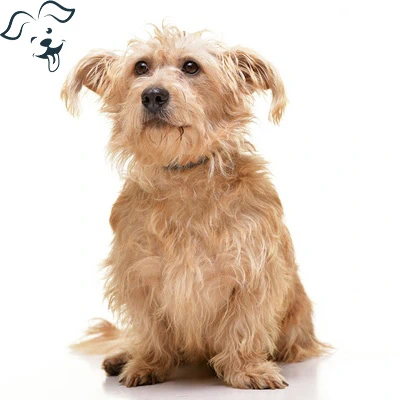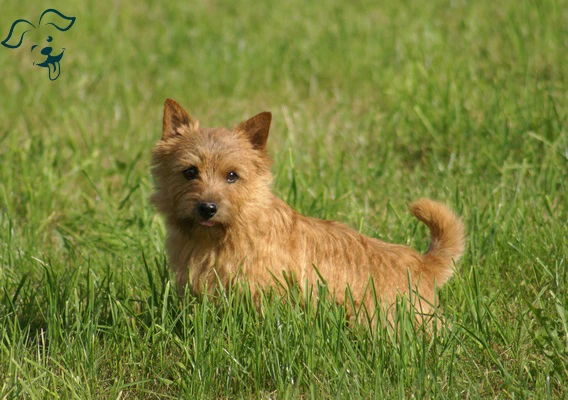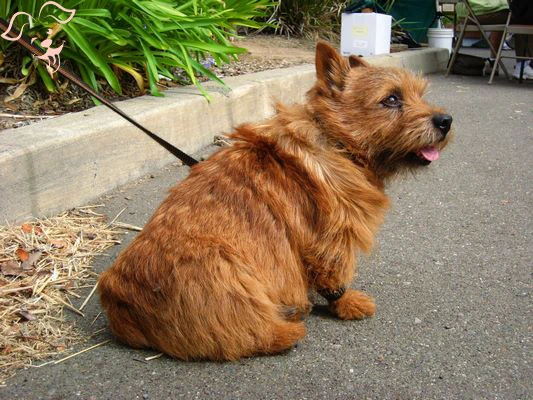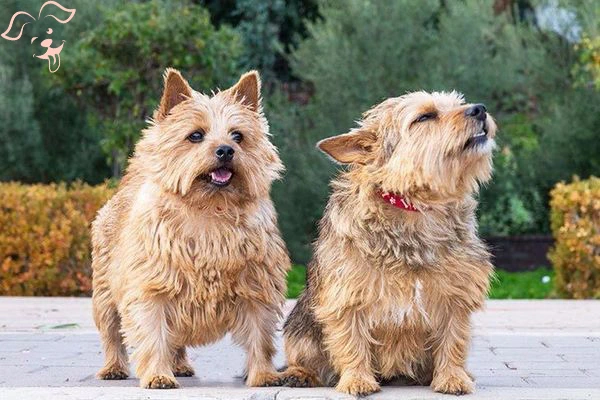CARING WITH FAMILY
|
| The level of fondness a breed is expected to exhibit toward its family members and acquaintances. Certain breeds may display aloofness towards everyone except their owner, whereas other breeds treat everyone they are familiar with as their closest companion. |
LOVE WITH CHILDREN
Unwise
Good With Children
|
| The extent to which a breed can tolerate and be patient with children's conduct, as well as their general tendency to be friendly towards families. It is essential to closely supervise dogs when they interact with young children or children who have limited experience with dogs, regardless of their age. |
BEHAVIOR WITH DOGS
Unwise
Good With Other Dogs
|
| The overall sociability of a breed towards other dogs. While it is crucial to supervise dog-to-dog interactions and introductions, certain breeds have a natural predisposition to be more amicable and compatible with other dogs, whether it be in a home setting or in public. |
SHEDDING LEVELS & MANAGEMENT
No Shedding
Hair Everywhere
|
| The amount of fur and hair that one can anticipate a breed to shed. Breeds that shed profusely will necessitate more frequent brushing have a higher potential to trigger specific allergies and may require more regular vacuuming and lint-rolling to keep up with the shedding. |
COAT GROOMING STANDARDS
|
| The frequency of bathing, brushing, trimming or other forms of coat maintenance that a breed demand. It is important to take into account the time, patience and budget available for such care when evaluating the grooming requirements. It is worth mentioning that all breeds require regular nail trimming. |
DROOLING INTENSITY
Less Likely to Drool
Always Have a Towel
|
| The tendency of a breed to drool. If you have a preference for cleanliness, breeds that produce excessive drool causing ropes of slobber on your arm or leaving significant wet spots on your clothes, may not be the most suitable choice for you. |
COAT STYLES GUIDE |
| Wiry, Double |
| COAT SPECTRUM |
| Short |
FRIENDLINESS
Reserved
Everyone Is My Best Friend
|
| The level of friendliness a breed typically exhibits towards strangers. Certain breeds may display reservation or caution around unfamiliar individuals regardless of the setting, while other breeds eagerly embrace the opportunity to meet new people whenever they come across them. |
LIVELINESS
Only When You Want To Play
Non-Stop
|
| The level of enthusiasm a breed tends to have for play, even beyond puppyhood. Certain breeds will maintain a strong desire to engage in activities like tug-of-war or fetch well into their adult years, while others will be content spending most of their time relaxed on the couch with you. |
VIGILANCE INTENSITY
What's Mine Is Yours
Vigilant
|
| The likelihood of a breed to alert you of the presence of strangers. These breeds are more prone to react to any perceived threat, whether it's the mailman or a squirrel outside the window. Additionally, these breeds are inclined to become more welcoming towards strangers who enter the house and are accepted by their family. |
ADAPTATION CAPACITY
Lives For Routine
Highly Adaptable
|
| The adaptability of a breed to handle changes, which can encompass alterations in living conditions, noise levels, weather, daily schedules and other variations in day-to-day life. |
OBEDIENCE LEVEL
Self-Willed
Eager to Please
|
| The ease of training a dog and their willingness to learn new things. Certain breeds are highly motivated to make their owners proud and are eager to learn, while others prioritize their own desires and may be more independent-minded, choosing to do what they want, when and where they want. |
STAMINA LEVEL
|
| The level of exercise and mental stimulation that a breed requires. High-energy breeds are typically enthusiastic and always ready for their next adventure. They enjoy activities such as running, jumping and playing throughout the day. On the other hand, low-energy breeds tend to be more laid-back and content with lounging around and snoozing. |
VOCALIZATION
|
| Likes To Be Vocal |
LEARNING CURIOSITY LEVEL
Happy to Lounge
Needs a Job or Activity
|
| The level of mental stimulation a breed requires to remain happy and healthy. Purpose-bred dogs in particular, may have jobs that involve decision-making, problem-solving, concentration and other cognitive qualities. Without adequate mental exercise, they may take it upon themselves to engage in activities to keep their minds occupied, which may not align with the activities you would prefer. |
| COLORS |
|
Description
|
Registration Code
|
|
Black & Tan
|
018
|
|
Grizzle
|
109
|
|
Red
|
140
|
|
Wheaten
|
224
|
|
| PATTERNS | . |






























FRIENDLINESS
LIVELINESS
VIGILANCE INTENSITY
ADAPTATION CAPACITY